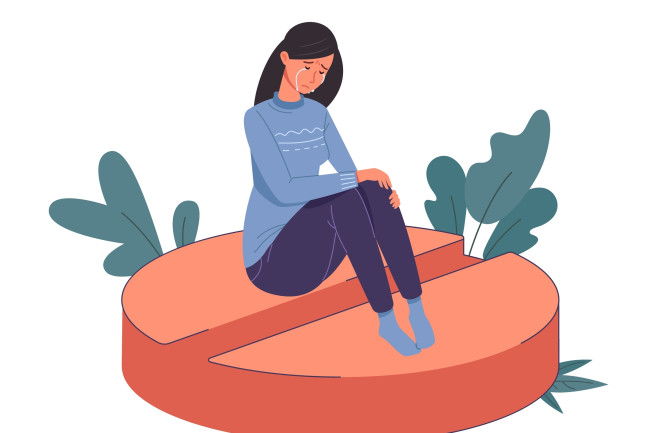In two decades as a pediatrician, Jason Reynolds has had no success treating patients with opioid use disorder by sending them to rehab. But five years ago, when his Massachusetts practice, Wareham Pediatric Associates PC, became the first in the state to offer medication therapy to adolescent patients, he saw dramatic results.
The first patient he treated with medication, a young man named Nate, had overdosed on opioids twice in the 24-hour period before seeing Reynolds. But that patient has had no opioid relapses since starting drug therapy. Reynolds’ success received a lot of media attention, and one interviewer, he recalls, asked Nate if any of his friends would also consider starting the treatment.
“Nate paused, then said, ‘All of the people I was using with are now dead,’” Reynolds says.
Reynolds is among a small minority of pediatricians using medication to treat opioid use disorder in adolescents. Fewer than 2 percent of all physicians prescribing the medications are pediatricians, and many youth rehabilitation facilities don’t offer them at all.
Medication for opioid use disorder (MOUD) uses buprenorphine or methadone to reduce cravings and withdrawal symptoms, or naltrexone to block the high that users would otherwise get if they decided to use opioids. Though MOUD is often used to treat adults, several barriers have prevented it from being adopted more widely for youth. Reynolds and a handful of other practitioners across the country are now working to provide education and training to other healthcare providers, hoping to increase use of this life-saving treatment.

